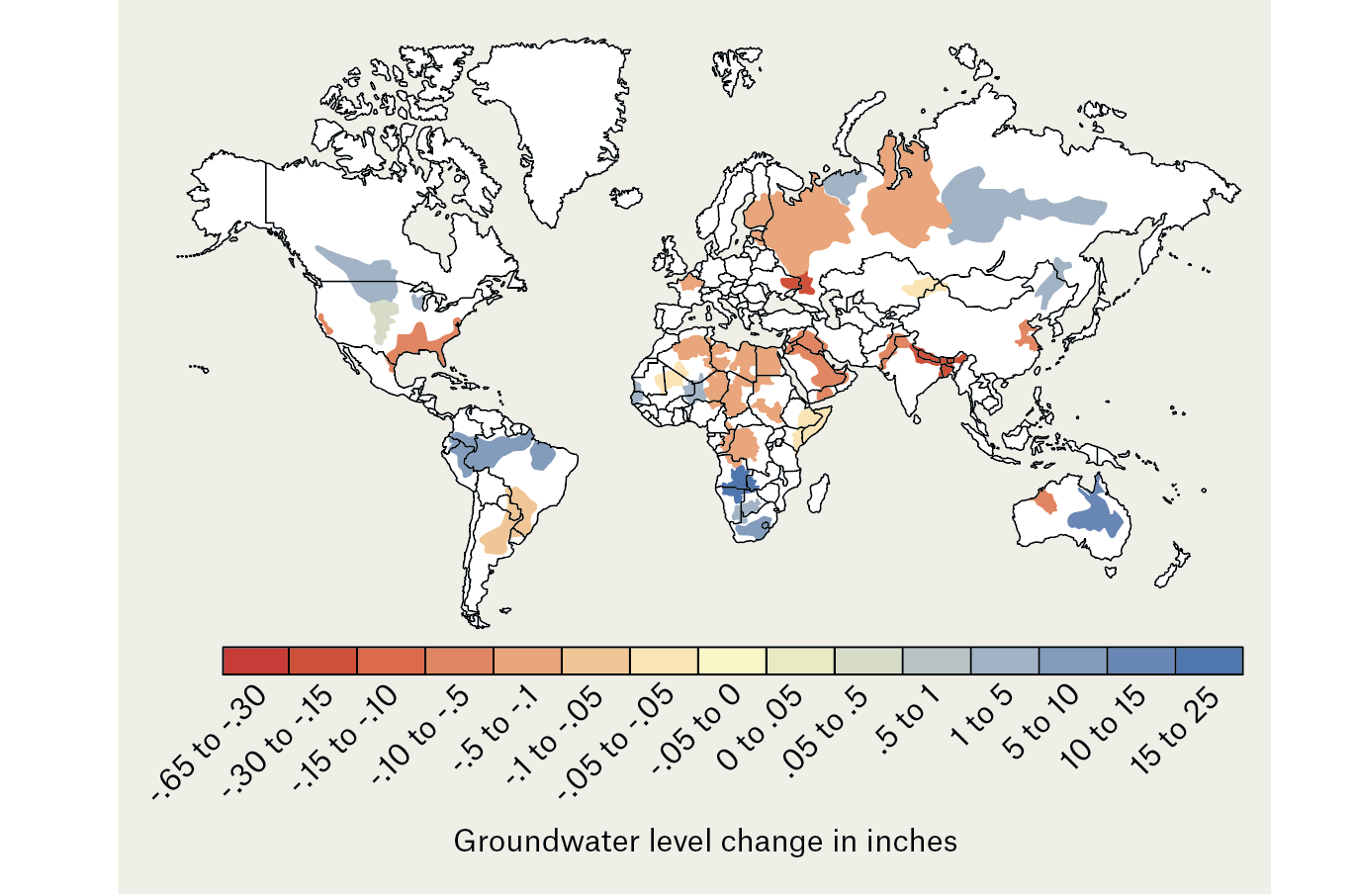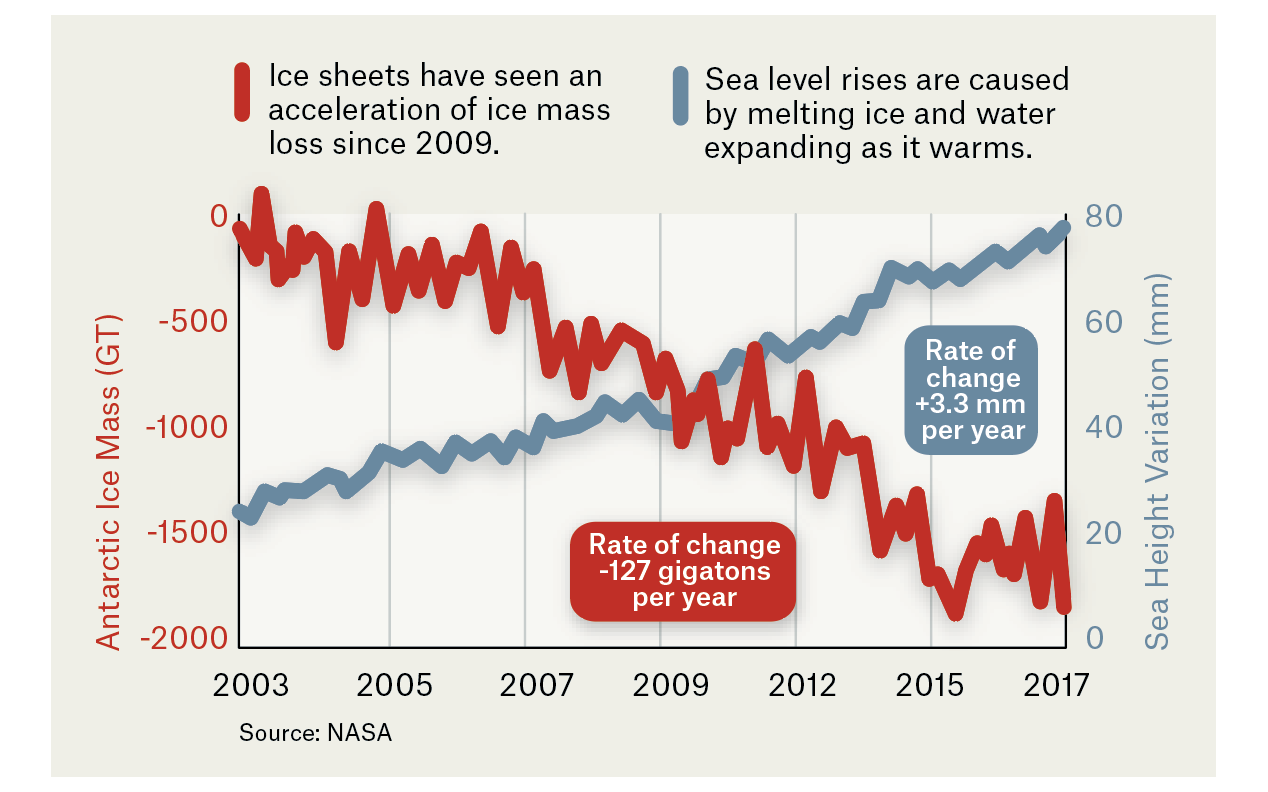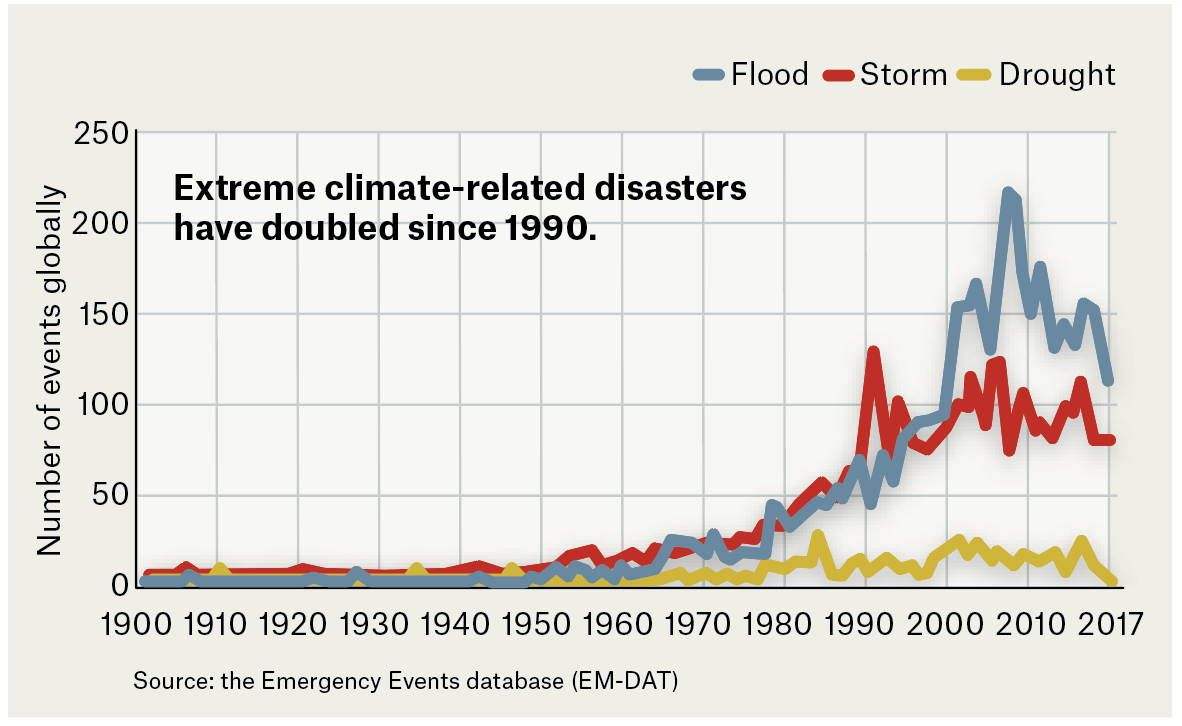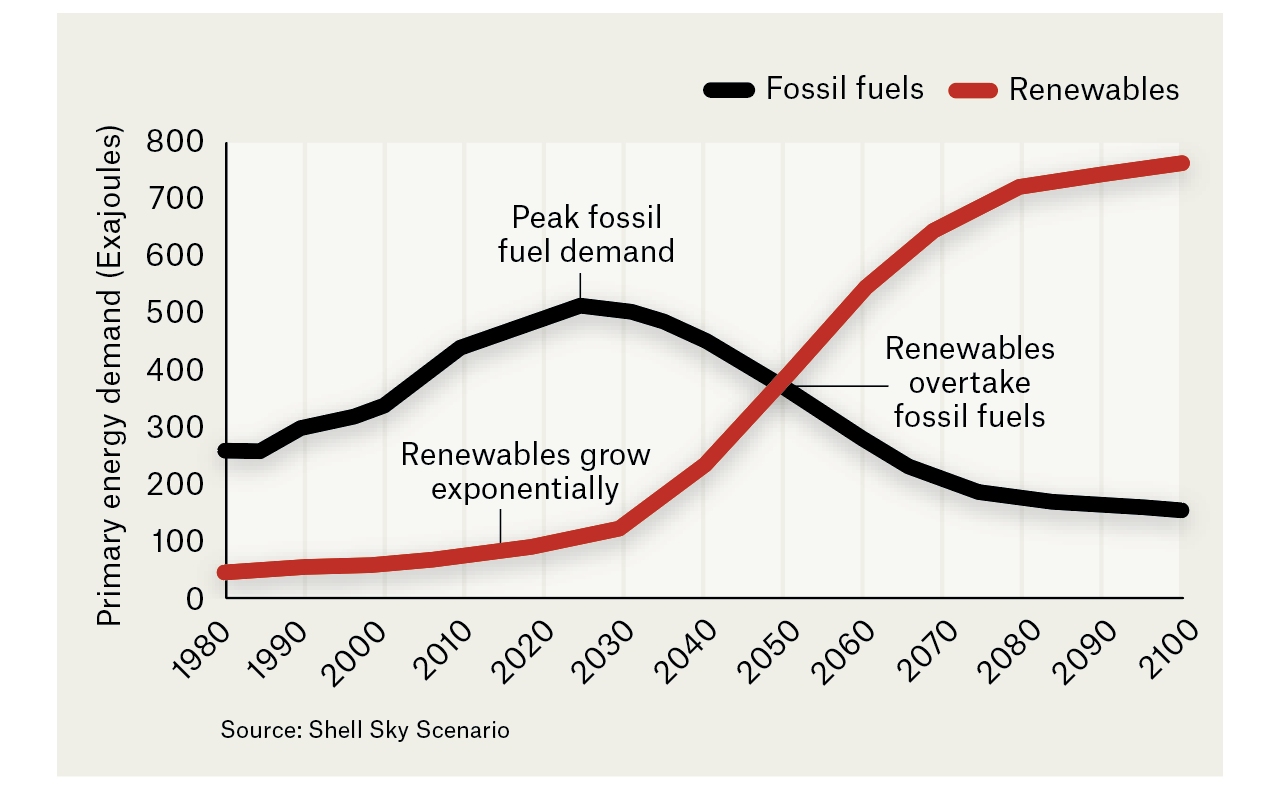Brunswick’s Jon Miller looks at the climate science and potential impacts.
Food Insecurity
The UN’s Food and Agricultural Organization warns: “For decades, the number of hungry people had been declining—this isn’t true anymore.”
Current Situation: 26.4% of the world’s population faces moderate or severe food insecurity—about 2 billion people.
Future Prediction: Population rising to 9 billion people food production must increase by 70%




